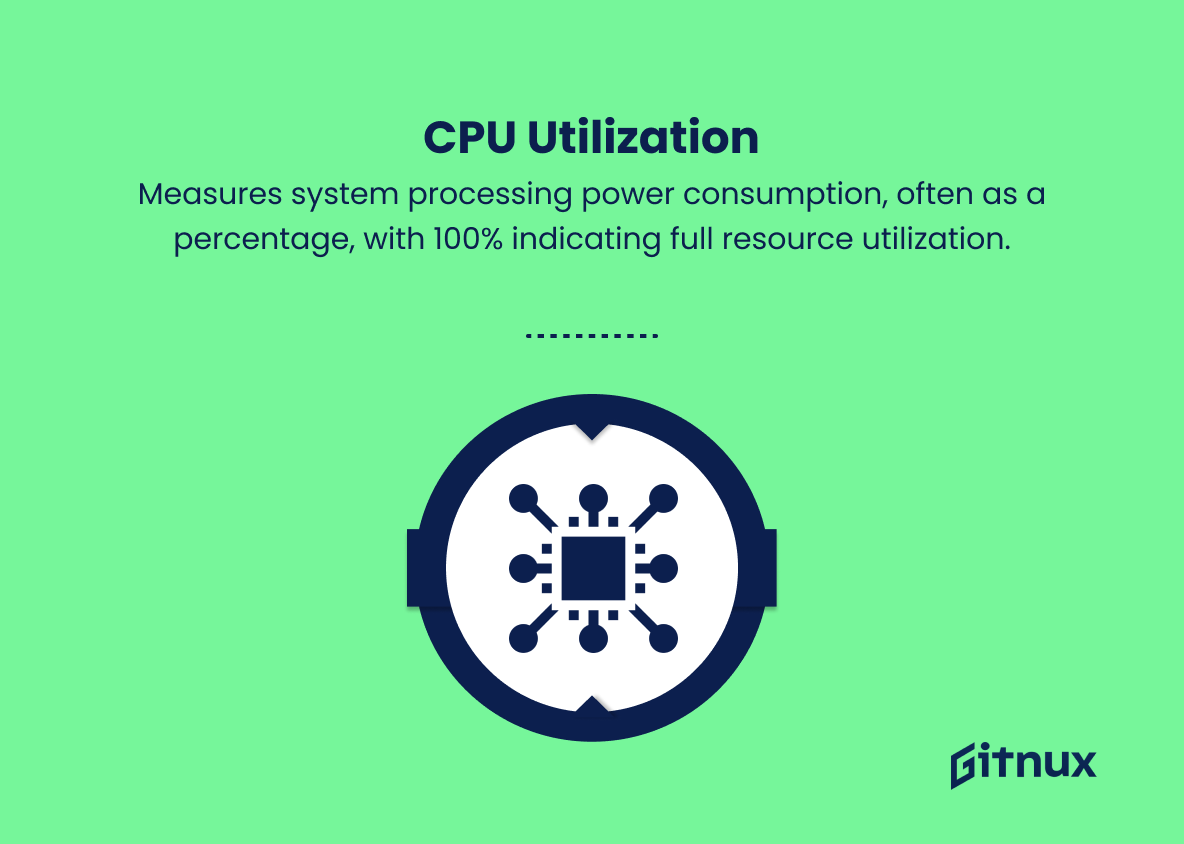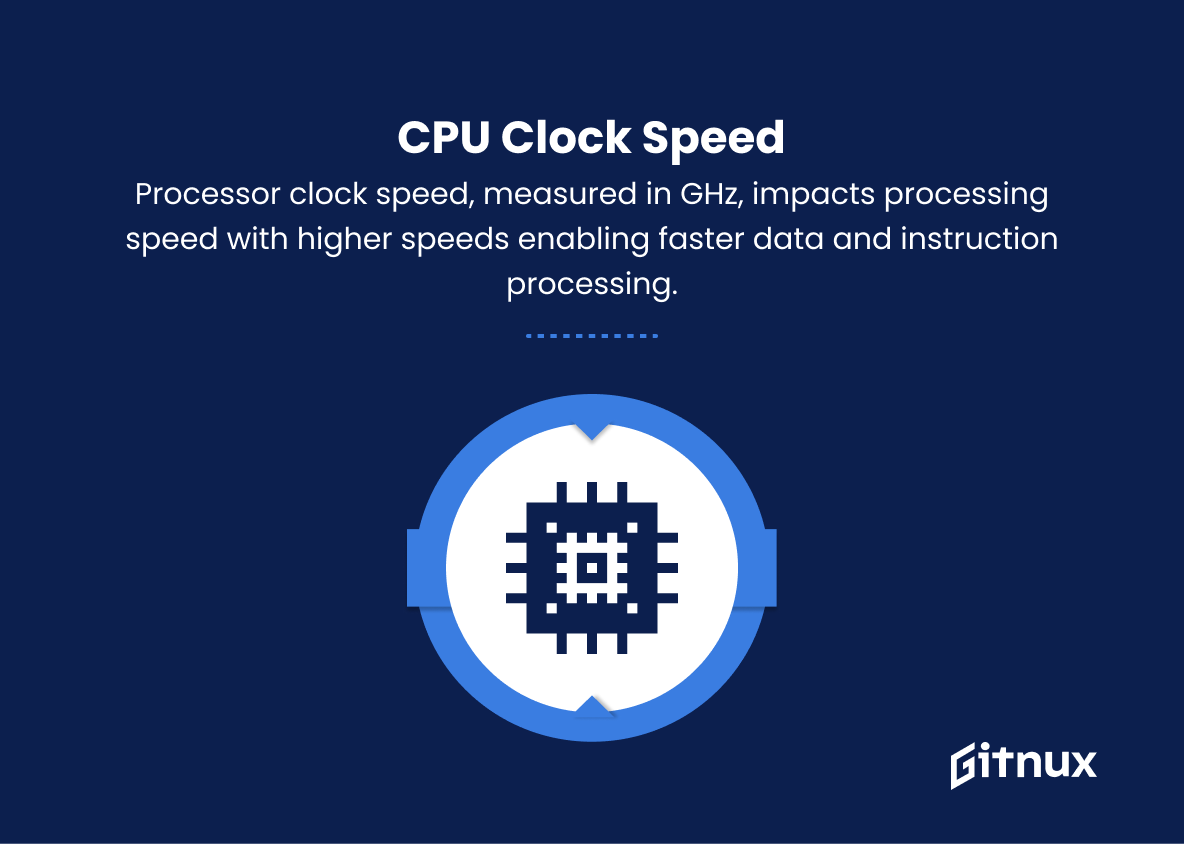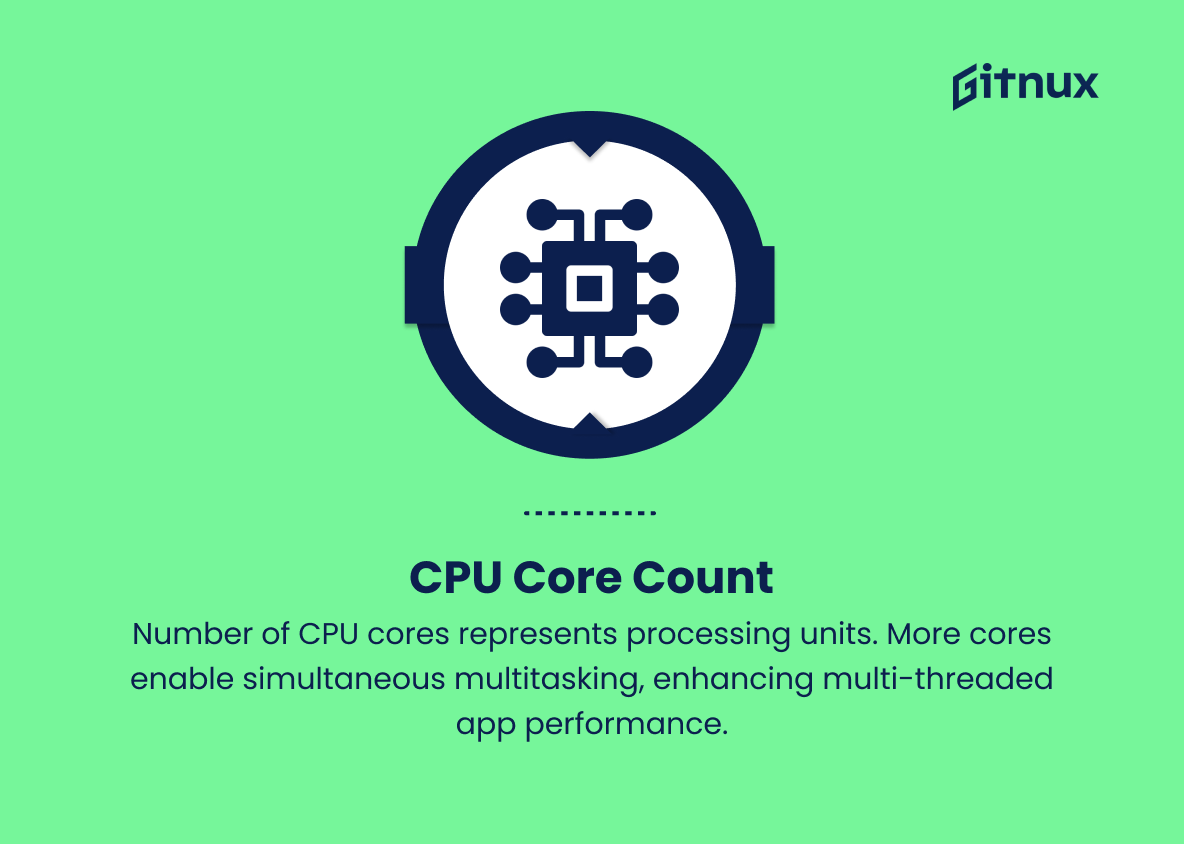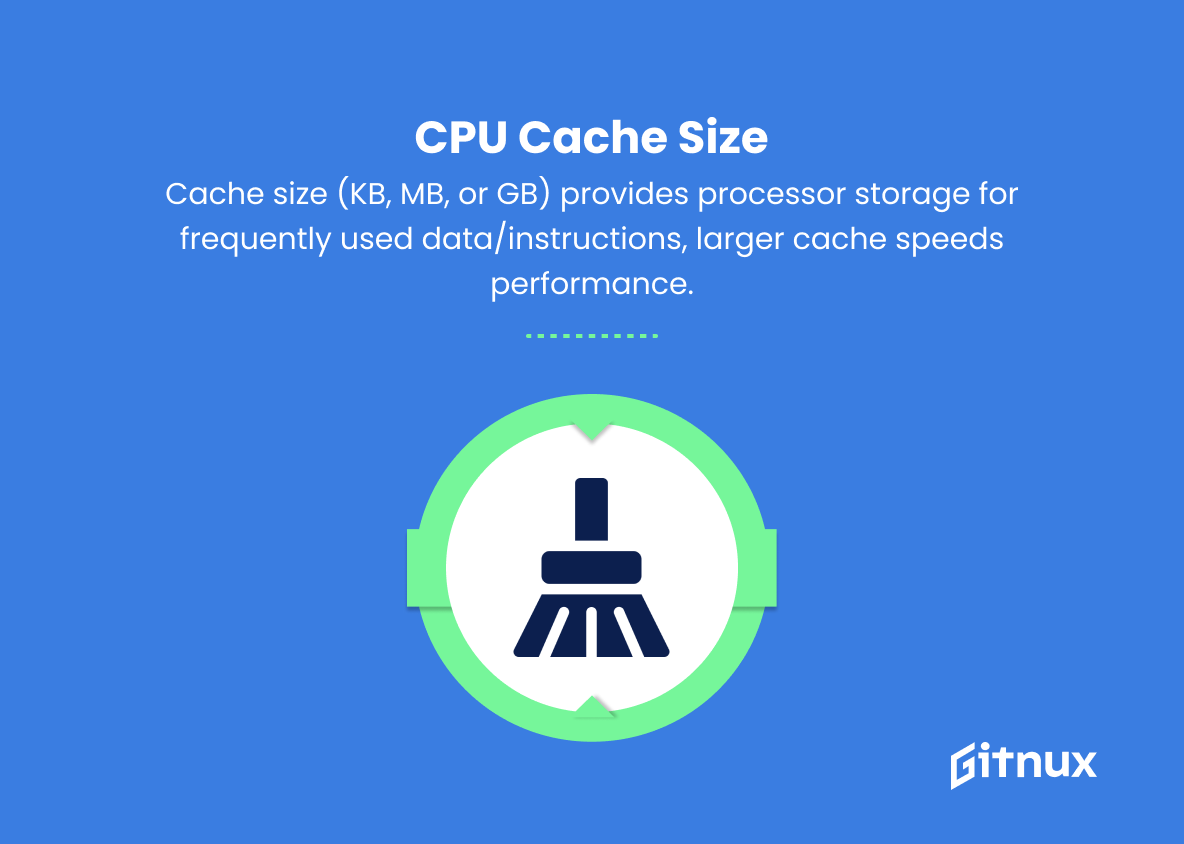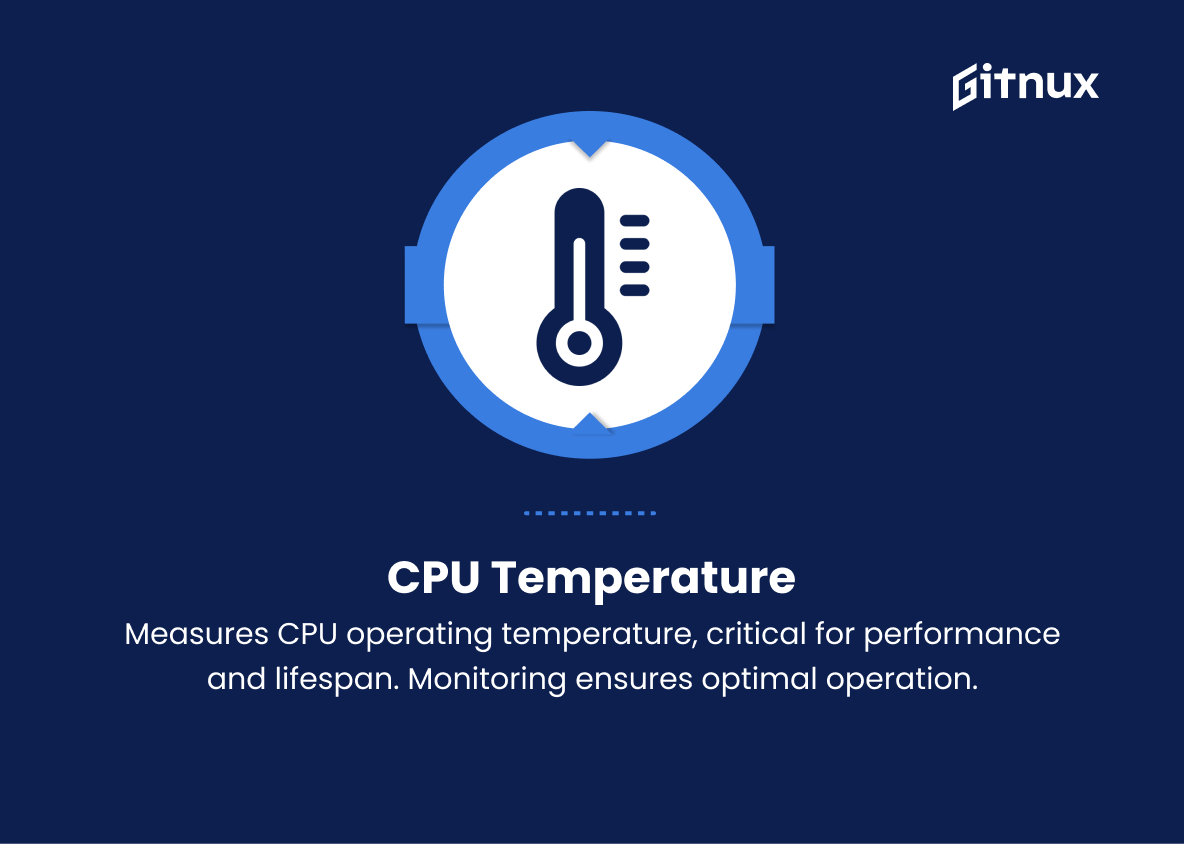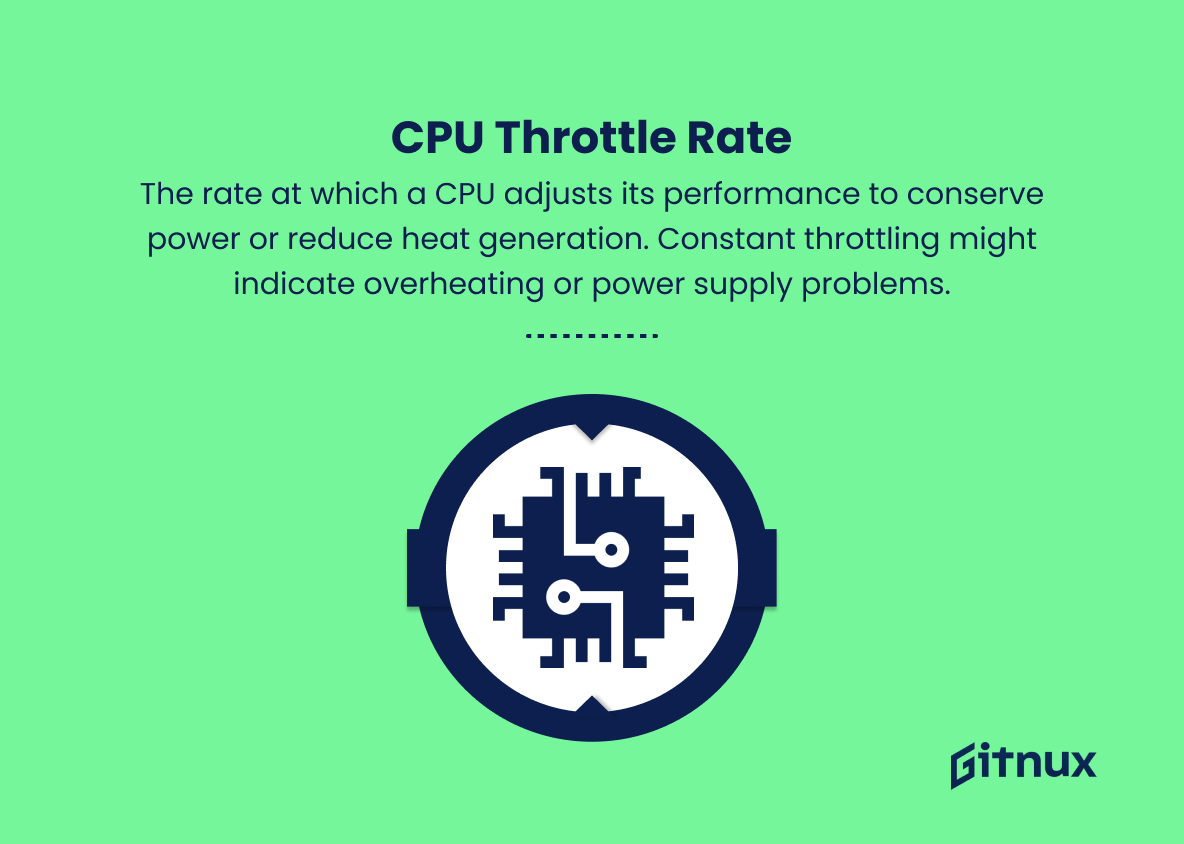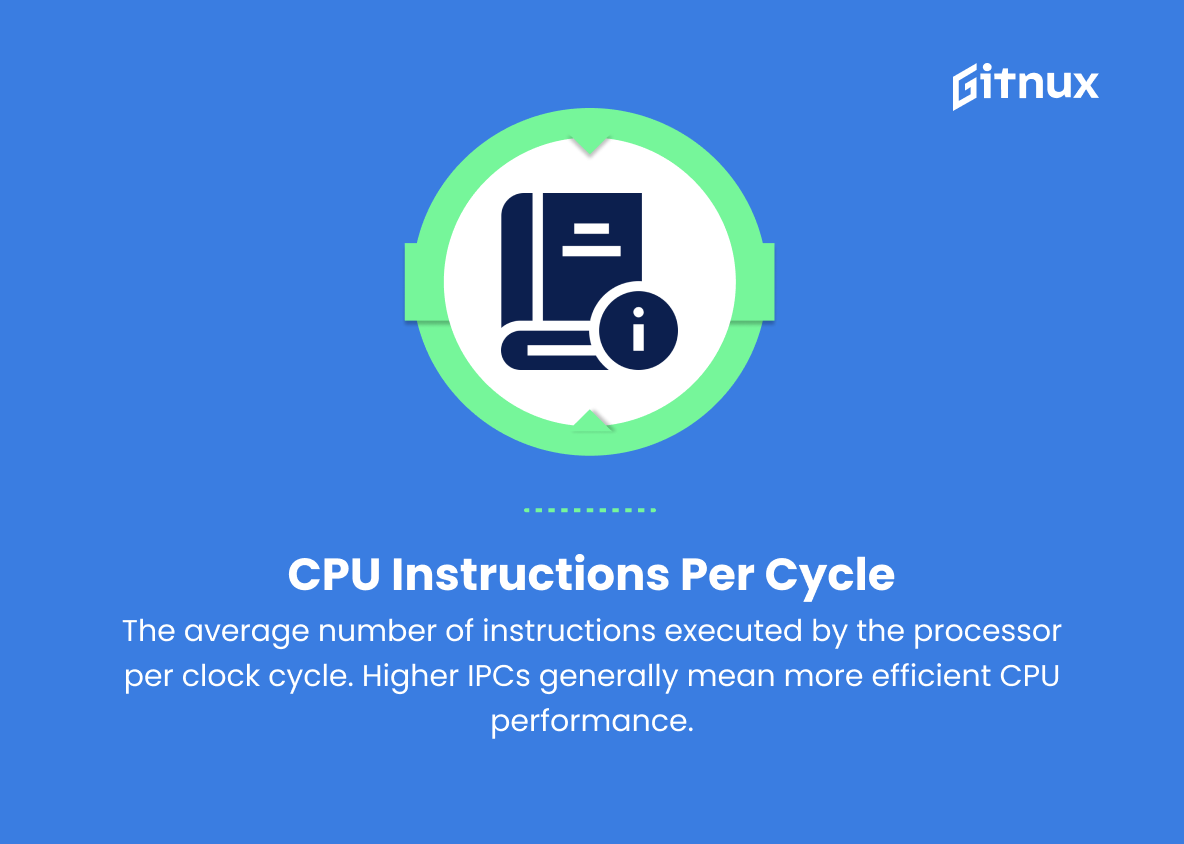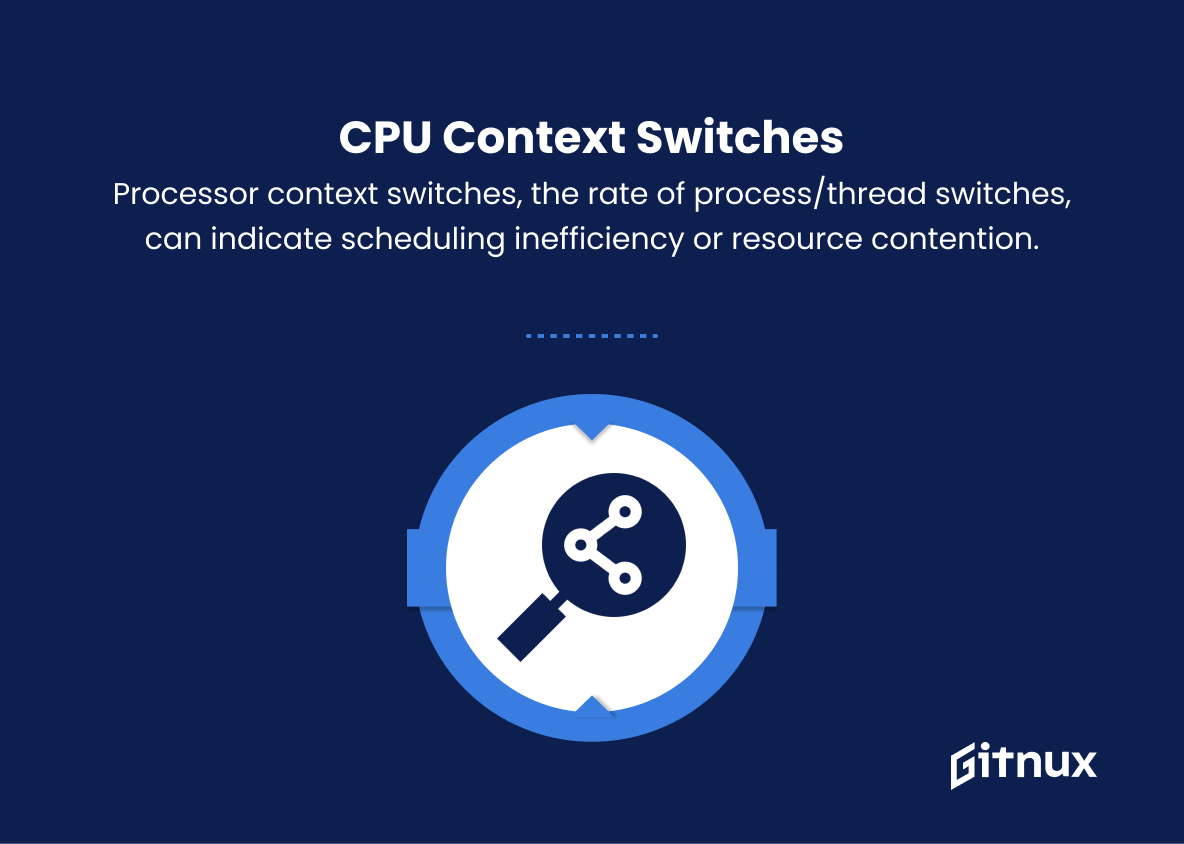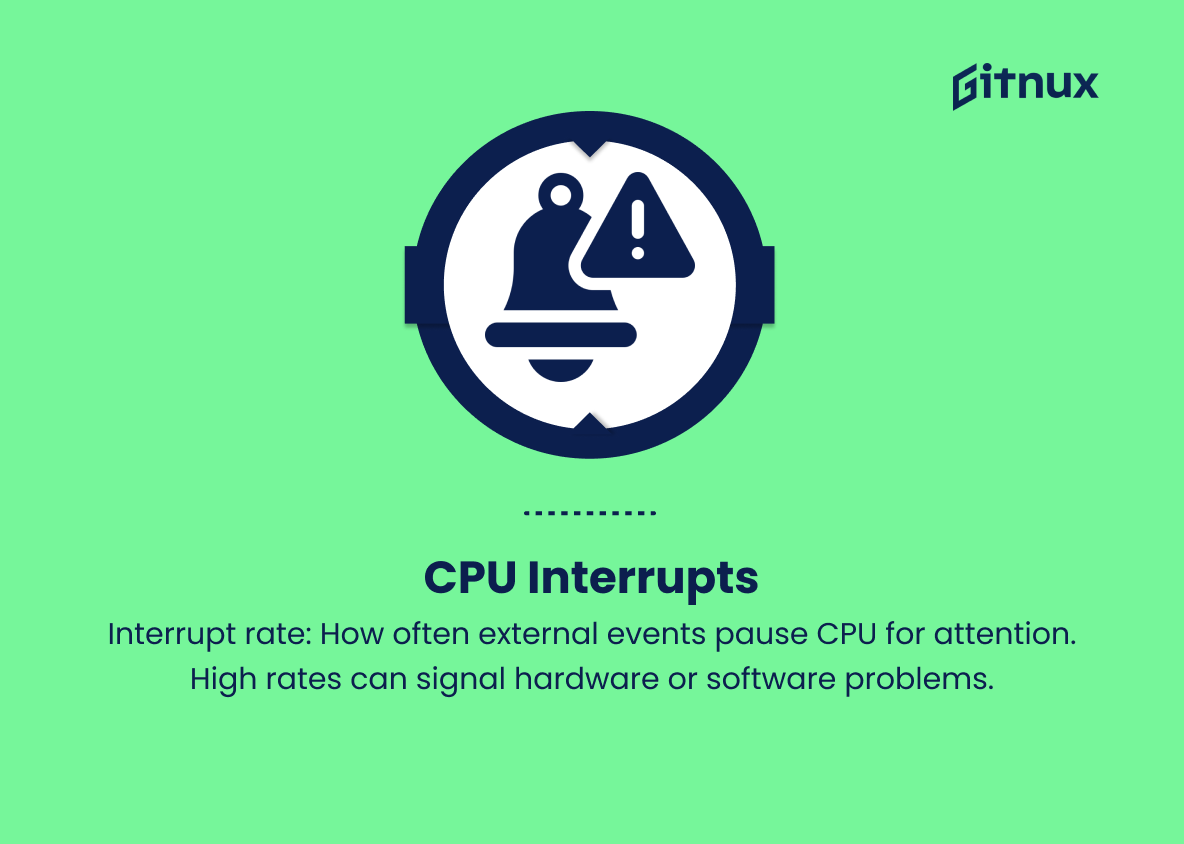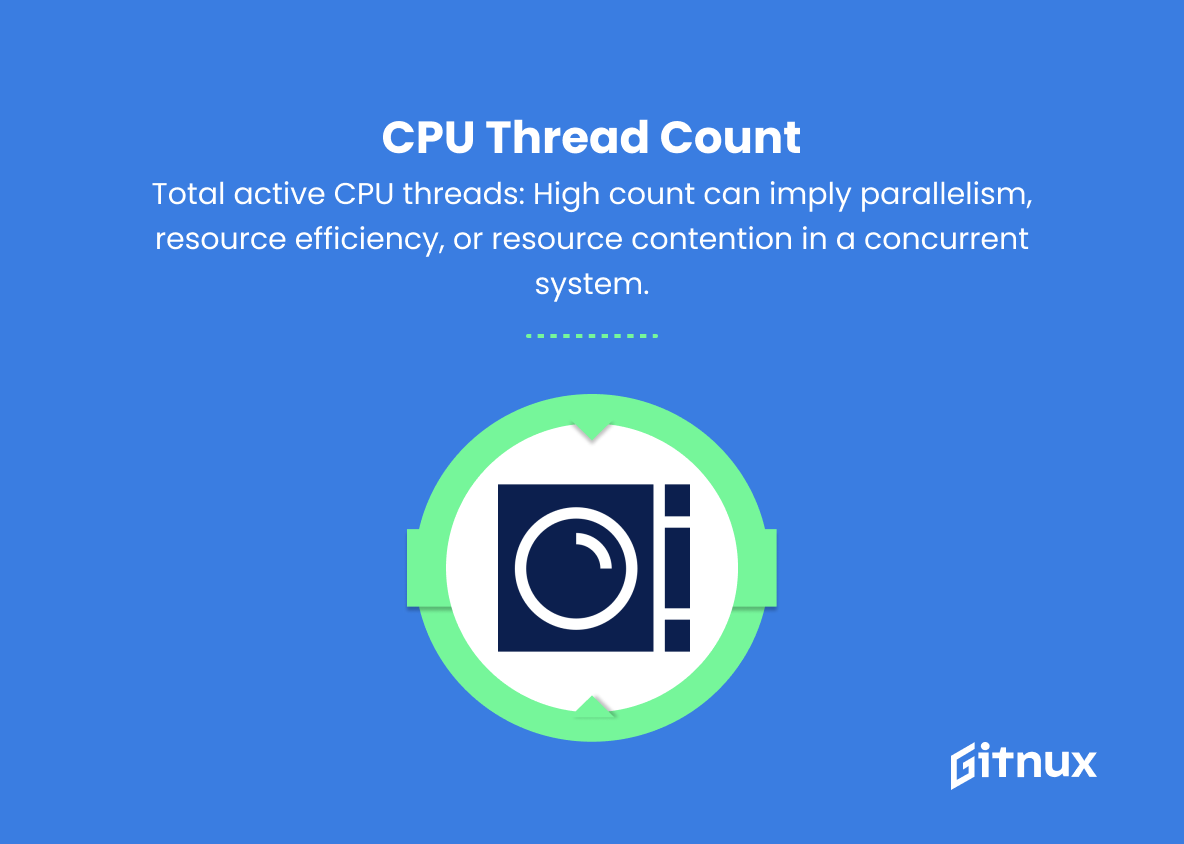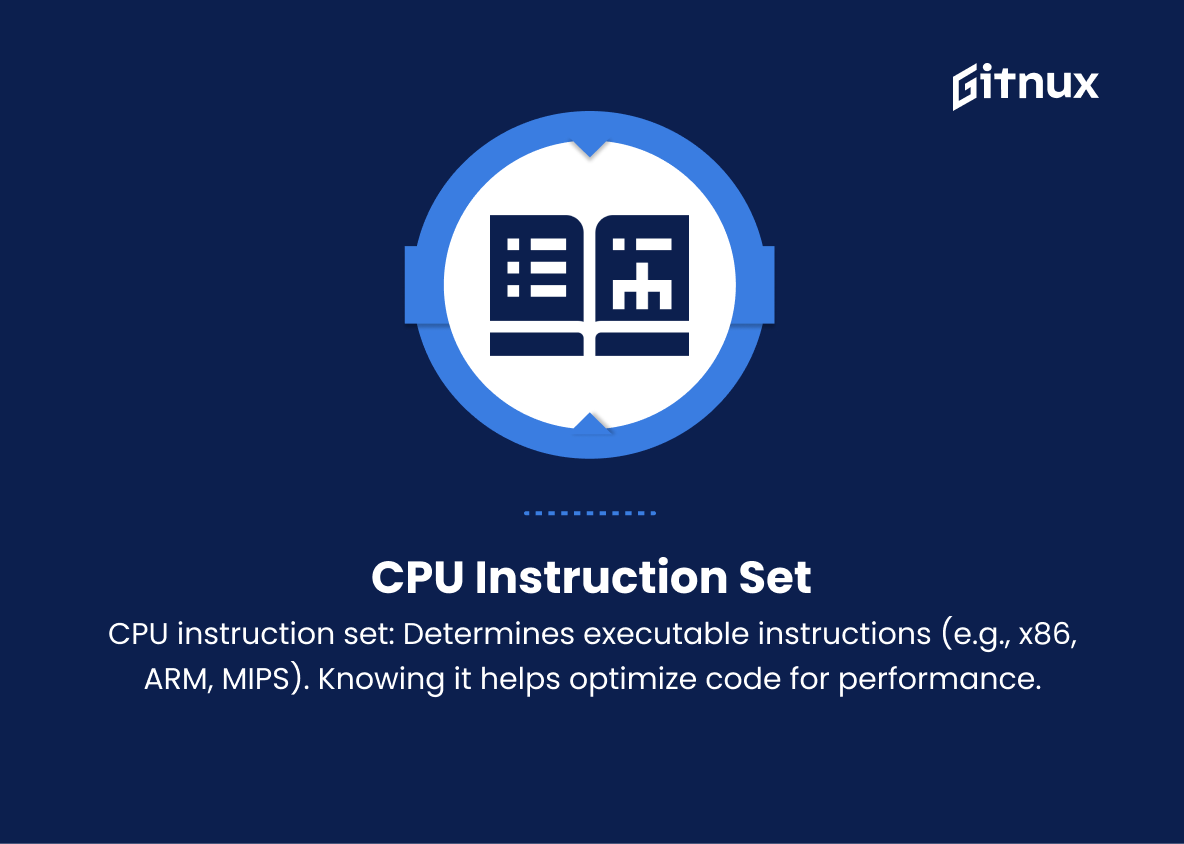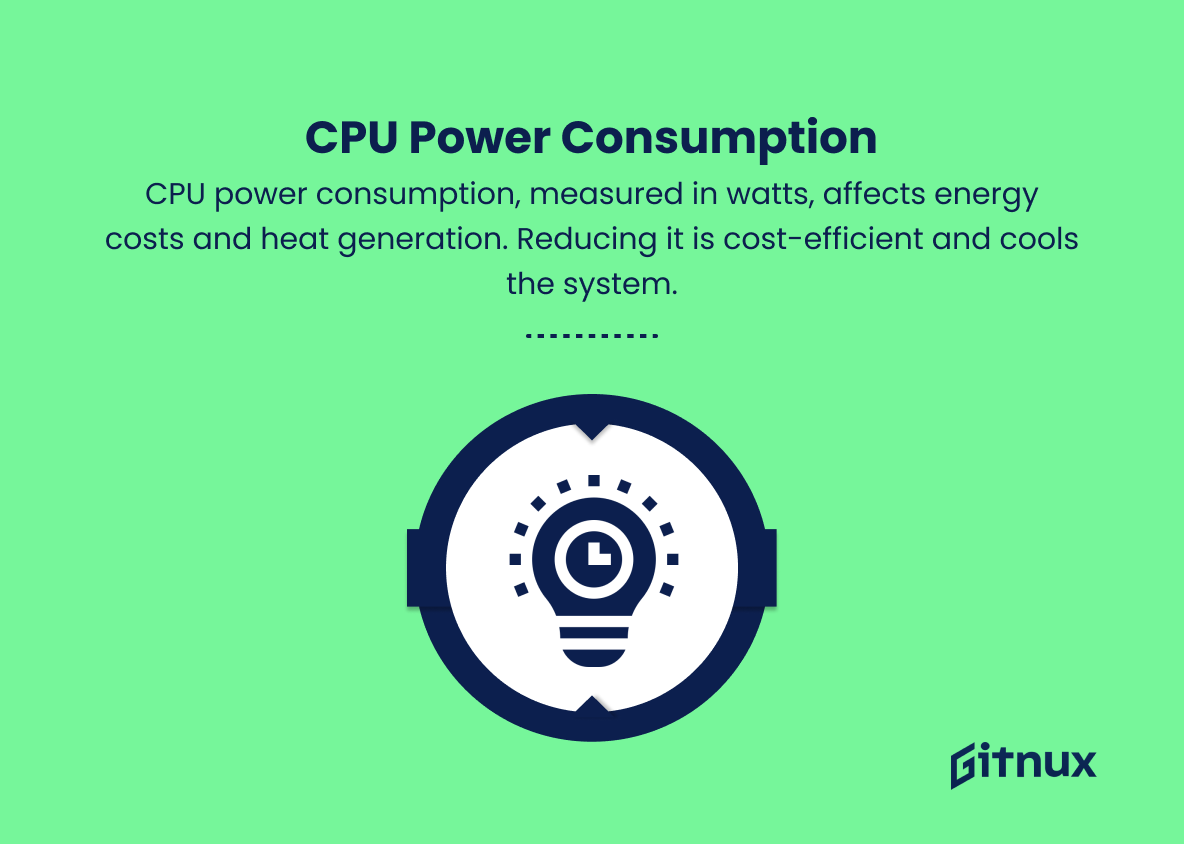In today’s technology-driven world, ensuring optimal performance of computer systems and applications is of utmost importance. CPU Metrics play a pivotal role in this regard – serving as key indicators to measure the efficiency, capacity, and overall health of a CPU.
This insightful blog post will delve into the critical aspects of CPU Metrics, unraveling their significance in maintaining exceptional performance levels and helping you understand how to harness the power of these metrics to optimize your system’s capabilities. From basic concepts to advanced analysis, we will take you through a comprehensive journey, shedding light on an aspect of computing that’s vital for businesses, tech enthusiasts, and casual users alike.
CPU Metrics You Should Know
1. CPU Usage
Represents the percentage of time the CPU spends executing processes or threads versus being idle. High CPU usage may indicate heavy workload or inefficient code.
2. CPU Utilization
Measures the amount of processing power that is being consumed by the system. It is commonly represented as a percentage, where 100% means all available processing resources are in use.
3. CPU Load Average
A metric that provides a snapshot of the overall system load over a specified time interval (typically 1, 5, and 15 minutes). It takes into account the number of processes waiting in the scheduler queue and the number of processes currently executing on the system.
4. CPU Clock Speed
Indicates the rate at which the processor performs basic operations, usually measured in gigahertz (GHz). Higher clock speeds allow a CPU to process instructions and data faster.
5. CPU Core Count
Represents the number of individual processing units within a CPU. Multiple cores allow a processor to execute multiple tasks simultaneously, improving performance on multi-threaded applications.
6. CPU Cache Size
The size of the temporary storage (in kilobytes, megabytes, or gigabytes) available to the processor for frequently accessed data and instructions. Having a larger cache generally speeds up performance.
7. CPU Temperature
Measures the temperature at which the CPU is operating. High temperatures may affect a processor’s performance and lifespan, so monitoring temperature could be important for maintaining optimal operation.
8. CPU Throttle Rate
The rate at which a CPU adjusts its performance to conserve power or reduce heat generation. Constant throttling might indicate overheating or power supply problems.
9. CPU Instructions Per Cycle (IPC)
The average number of instructions executed by the processor per clock cycle. Higher IPCs generally mean more efficient CPU performance.
10. CPU Context Switches
The number of times the processor switches between different processes or threads within a given time frame. A high rate of context switches can signify inefficient scheduling or high contention for resources.
11. CPU Interrupts
The rate at which external events cause the processor to temporarily halt executing instructions and attend to the source of the interrupt. A high interrupt rate might suggest hardware or software issues.
12. CPU Thread Count
The total number of active threads running on a CPU. A high thread count could indicate parallelism, efficient use of resources, or, conversely, potential contention for resources in a highly concurrent system.
13. CPU Instruction Set
The set of instructions that a CPU can understand and execute. Common instruction sets include x86, ARM, and MIPS. Understanding the instruction set of a CPU can help developers optimize code and improve performance.
14. CPU Power Consumption
The amount of electrical power consumed by the CPU, typically measured in watts. Reducing power consumption can lower energy costs and decrease heat generation in a system.
CPU Metrics Explained
CPU metrics provide valuable insights into the performance, efficiency, and health of a computer system. CPU usage and utilization indicate the amount of processing power being consumed and whether the system is executing processes efficiently. CPU load average offers a snapshot of the overall system demand, while clock speed and core count directly influence the CPU’s ability to handle instructions and multitasking. Cache size and instructions per cycle (IPC) play crucial roles in speeding up performance, while temperature and throttle rates can help diagnose potential hardware issues.
Monitoring context switches, interrupts, and thread counts assist in identifying inefficiencies or resource contention. Additionally, understanding the CPU instruction set enables developers to optimize their code, while keeping an eye on power consumption can lead to cost savings and environmental benefits. Overall, these metrics are essential for maintaining optimal system performance and stability.
Conclusion
In summary, understanding and analyzing CPU metrics is crucial for ensuring optimal performance and resource management in any computer system. By keeping a close eye on key metrics like CPU usage, idle time, wait time, and context switches, administrators and developers can identify and resolve potential bottlenecks, optimize workloads, and make informed decisions about hardware and software upgrades.
As technology continues to advance at a rapid pace, having a deep knowledge of CPU metrics will become even more important in maintaining efficient and reliable systems. Stay informed and up-to-date on best practices related to CPU performance, and you’ll be well-equipped to handle the ever-evolving world of computing.

